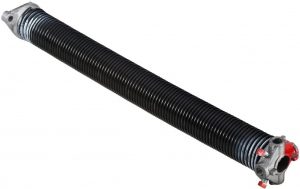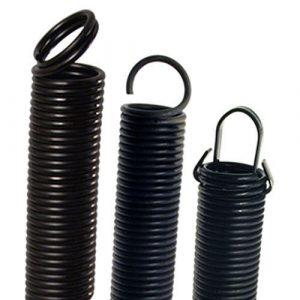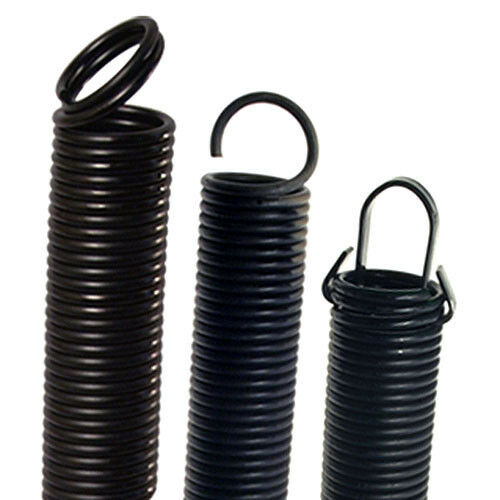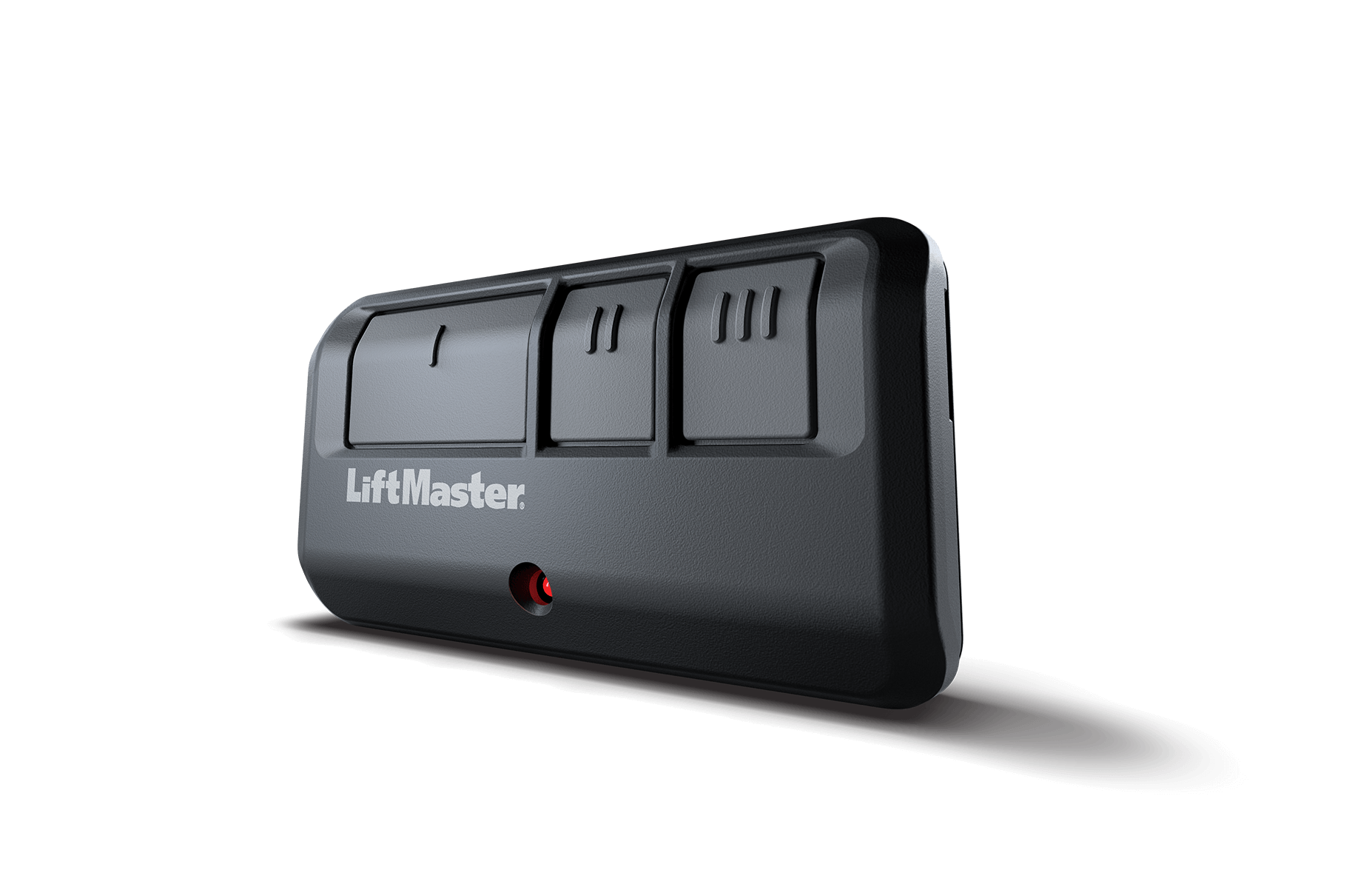Find The Type of Garage Door Spring Do You Have
In this article you will learn how to find the type of garage door spring you have, how to measure them and how to inspect them for any damage that requires repair.
Garage doors are the most used item in the house. The constant cycle of opening and closing the garage door on daily basis can put a toll on its springs. It is necessary to inspect the garage door springs to note any damages that need repair.
Signs of a broken garage door spring:
- An increased gap between the coils
- Damage in the case
- Loose springs
It is not advisable to continually use a garage door having a damaged spring because this can cause more harm in the long run. It makes the door opener work harder and this can be damaging to the machine. When the opener wears out, its repair or replacement can result in higher expenses as compared to replacing the door springs.
When there is a need to change the springs, the most important thing you need to do is to determine the type of garage door spring you have. Each type has different approaches in repair. There are also many types of garage door spring available in the market today but the most common among them is the Torsion spring type and Extension Spring Type.
Torsion Springs vs Extension Springs
The easiest way to tell the type of spring that you have on your garage door is to note its location. The Torsion springs are what is usually used to install new garage doors nowadays. These are located at the upper middle part of the garage door. On the other hand, the extension springs are placed parallel to the garage door with one spring attached to each side.
If you want to find out if you have the torsion type, close the garage door and look above it at the upper middle part. If you notice that you have a spring from the middle that runs towards the sides, you have the torsion spring type. Always make it a habit to check for any breaks, loose coils, or increased gaps to address any repair issues at their earliest state.
You will also know if you have a torsion spring by the sound it makes when it breaks. Because it has a high tension in its coil, there is usually a loud bang that can be heard when it snaps, which is similar to a gunshot.
On the other hand, garage doors having the extension type are placed parallel to the door. When the garage doors are closed, they can be easily spotted along the tracks. The springs of the extension type are suspended above the tracks on both sides of the door.

Garage Door Torsion Spring
How to determine the size of the Torsion Garage Door Spring
To determine the size of the torsion spring, you need to determine the following measurements and characteristics: diameter of the wire, its inside diameter, its length, and its coil direction.
You need the following materials to measure the diameter of the wire: a broken torsion spring, a tape measure, and a calculator. Using the broken spring, count 20 coils and measure the distance from the first coil to the 20th coil using the tape measure in inches. After doing so, divide the total distance by 20 to determine the diameter. Usually, the distance of 20 coils is 5 inches but it’s better if you measure it by hand to have an exact measurement to prevent ordering the wrong size.
You don’t need to measure anything when you want to know the inside diameter of the spring because it is already written on its cones. These cones are metals that are attached to the spring and can be winding or stationary. The inside diameter is usually written in an alphanumeric format. It is preceded by one or two letters followed by a number. For example, P-200 may mean that the inside diameter is two inches. Some manufacturers will immediately place the exact measurement of the inside diameter in inches.
Measuring the spring length is easy. You just need to run the tape measure in the entire length of the broken spring. You need to remember that there is at least a three-fourths difference between your measurement and actual spring length.
Lastly, to determine the direction of the coil, look at the spring and note whether it is coiling towards the left or right. If it winds clockwise, then it is going to the right. If it is counterclockwise, it is winding to the left.

Extension Spring
How to Measure Extension Springs Accurately
Two things are important to note in an extension type spring: its length and the weight that it can hold. When you place a door that is more than the spring can handle, it cause it to loosen like a telephone cord. To find the measurement, you need to do the following steps. First, close the door and unplug the motor from its power source. Pull the release cord to open the door and manually lift them. You can usually lift the door at the center but if you have damaged springs, lift from the damaged side.
When opened, you can use a vice grip to clamp the wheels to prevent the doors from closing. Measure the length of the spring using a measuring tape while on a ladder. The door’s weight can also be weighed using the traditional bathroom scale.
To get the weight of the door, place the bathroom scale at the center of the floor where the door will position if it is closed. Release the cord and open the doors a little while sliding the bathroom scale in this space. Put the door down towards the floor slowly and take note of the reading on the bathroom scale.
Contact Pro Entry Services for Garage Door Spring Repair Needs







